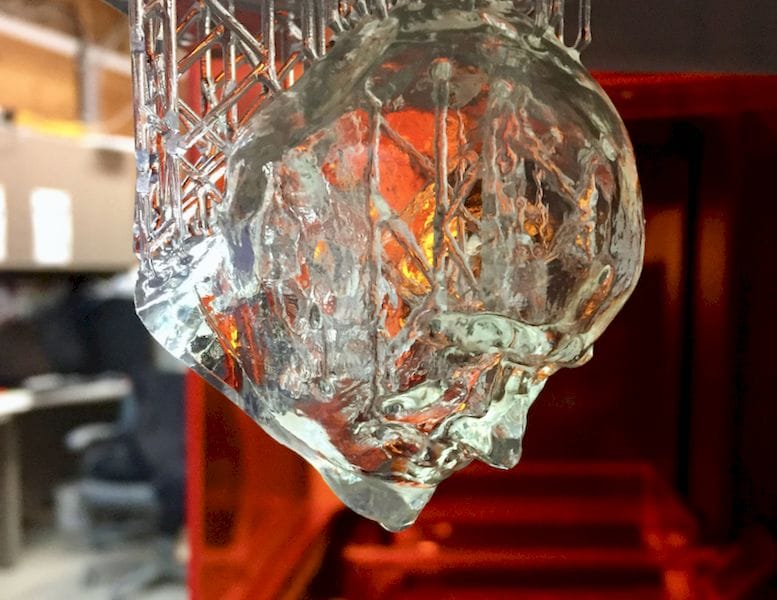![A beautiful resin 3D print [Source: Fabbaloo]](https://fabbaloo.com/wp-content/uploads/2020/05/image-asset_img_5eb0a12addca1.jpg)
We received an interesting question about resin 3D printers.
Reader Roni writes:
”I’m an entrepreneur trying to produce a product related to SLA printing. I’m looking for a number of SLA printers sold in the Western world per month (lets say…Europe +USA). Do you have any idea where can I find that number? If not, do you care to estimate? Any related statistics will be appreciated.”
This is an interesting question indeed and there are many factors to consider. For many years the total number of 3D printers was the subject of much speculation for several reasons:
Companies privately held generally do not release any specifics of their machine production counts
3D printers have evolved very quickly, and thus older machines may be “put out to pasture” and should not be counted
Large numbers of consumer-targeted machines were sold, but a large proportion of them were abandoned after the user encountered issues, thus they should not be counted either.
In spite of these, some consultants have cobbled together estimates of machine sales. Perhaps the most well known of these estimates is from the annual Wohlers Report, produced by industry consultant Terry Wohlers and his team at Wohlers Associates.
According to Forbes, in the most recent Wohlers Report:
“In just over two years, an astonishing 528,952 desktop 3D printers (or systems) are believed to have been sold.” (Desktop printers being defined as less than US$5,000 in price.)
This is approximately double what was reported for 2015 from the same source, demonstrating the huge growth in 3D printing. It’s very clear now that the “crash of 2014” is well behind us, in spite of public perceptions of 3D printing.
But back to the question, how many SLA printers exist?
The number, 528,952, represents ALL the desktop systems, including dozens of near-identical Asian low-cost models. We know from our discussions with Josef Prusa that his company could be producing nearly 160,000+ units per year alone.
But these figures do not necessarily represent SLA systems. SLA systems are far fewer in number due to their typical higher cost per unit and added difficulties in material function, availability and cost.
While some companies, like Prusa, are mostly dedicated to extrusion equipment, others, like Formlabs, are dedicated to SLA-style equipment. If I had to guess, I might suspect that the fraction of 3D printers from that total that use the SLA process might be around ten percent.
Thus we could guess that the number of SLA machines sold per year could number as high as 50,000. I also suspect a big chunk of that would be from Formlabs specifically. However, we know that Prusa itself is set to produce a resin machine shortly, so the ratio might be changing in the future.
But that 50,000 might be the number of machines sold per year, and does not account for previously sold equipment. It also doesn’t account for whether previously sold machines are still in operation or whether they’ve been retired or broken. As a rule of thumb, I’d say such machines might on average last 2.5 years before they break or are replaced by better machines.
If we take that arithmetic it then could be there are something under 100,000 SLA style machines still in operation.
But this figure could rise significantly if resin printing materials are beefed up to start matching the engineering properties of some extrusion equipment, and if the costs come down.
Both of those will eventually happen, but it’s not clear when.











A research thesis details the incredibly complex world of volumetric 3D printing. We review the highlights.